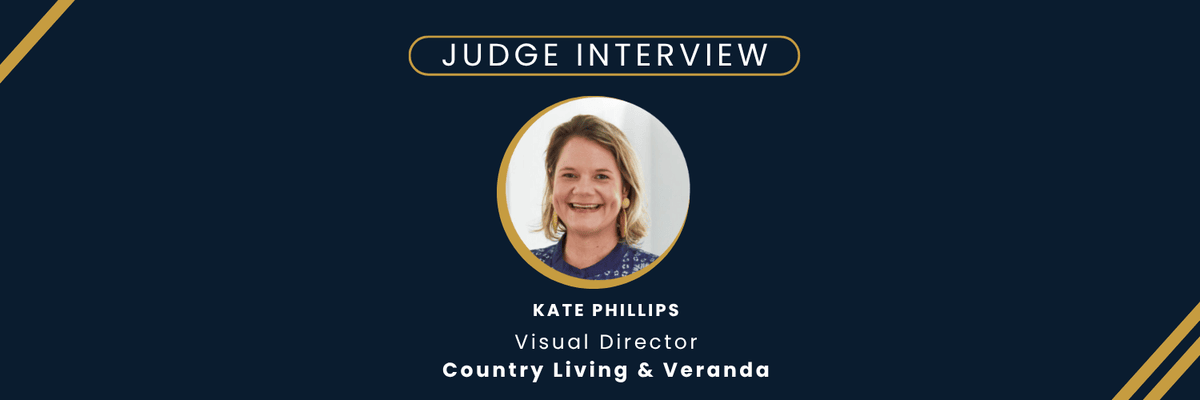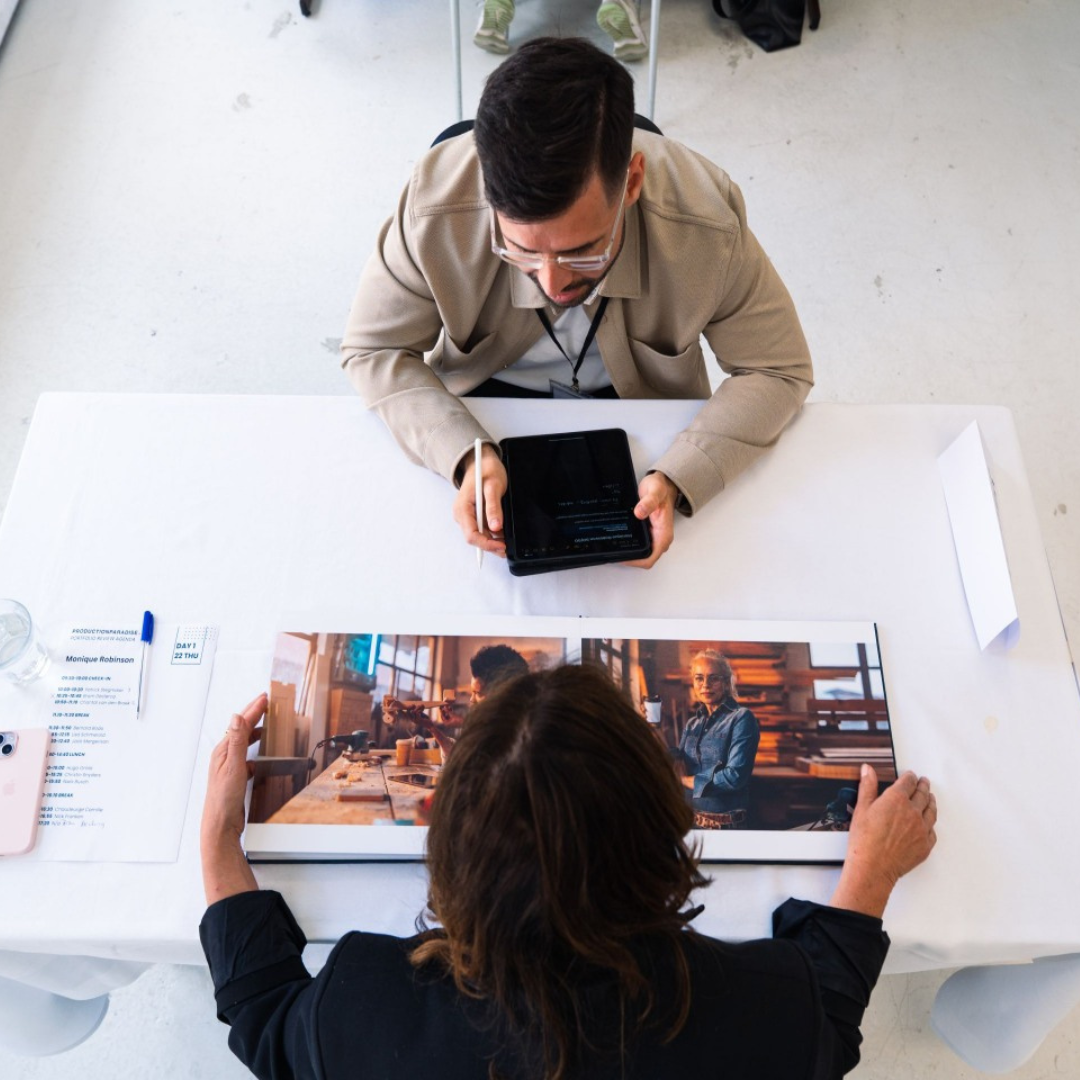Meet Kate Phillips, a seasoned photo editor with over 15 years of experience producing visual content for top publications. From her early days at Southern Accents to leading complex international shoots at Hearst, Kate brings calm, creativity, and adaptability to every project—especially when the pressure is on. She has been recognized as a judge in the Architecture & Interiors category for the Spotlight Awards.
What’s the biggest challenge you’ve faced, and how did you overcome it?
Producing shoots during the height of COVID was one of the most challenging periods of my career. The safety and health protocols implemented at Hearst added significant complexity and time to every production, requiring the photo department to adapt quickly. One of the most difficult projects was a shoot in the French countryside—organized not only during the pandemic but also in August, when much of the country is on holiday. Despite limited resources and countless logistical hurdles, we managed to pull it off. Ironically, while we were shooting less overall, the workload was greater than ever as we navigated evolving protocols, proving our team’s resilience and creativity under pressure.
What skills do you believe are most critical for success in this role?
Over the past 15+ years as a photo editor in publishing, adaptability has been essential to every role I’ve held. I began my career during a pivotal shift from film to digital photography, which transformed both how we archived images and how we managed production workflows. One of my first tasks as a photo intern at Time Inc.’s Southern Accents was to help organize the image library and return unused film to photographers—an unforgettable experience for a recent SCAD graduate thrilled to be corresponding with the very artists I had studied in school. Today, nearly two decades later, the emergence of AI represents another major shift. Like the transition to digital, it’s a tool we must understand and harness to drive greater efficiency in our work. Some other skills that I have found useful are I try to always aim for kindness, be a fast-thinker who can quickly pivot in a fast-paced environment handling multiple tasks at once, be smart with delegation, and always adaptable to change (as mentioned first!)
How do you handle disagreements or creative conflicts within a team?
Most creative conflicts can be avoided by learning not to take feedback personally and instead focusing on how to refine your ideas to better serve the brand. My time attending 100+ critiques at SCAD taught me early on that a rejected idea doesn’t mean it’s a bad one—it just might not be the right fit. Ultimately, it’s the magazine’s leadership who sets the creative direction, and our role is to help bring that vision to life. I’ve worked in both highly collaborative environments and more top-down structures, and in either case, it’s important to respect the creative hierarchy while also communicating with your manager if you're looking to expand the creative scope of your role. Staying open, adaptable, and aligned with the bigger picture is key to long-term creative success.
What’s one piece of advice you wish you could give your younger self?
Don’t sweat the small stuff and speak up! I wasted so much time and energy worrying about the tiniest little things. It’s just a magazine. And at the end of the day, we always get the magazine out the door at ship.
Kate’s journey shows that adaptability, intention, and vision are key to lasting success in the creative world. The Spotlight Awards 2025 are now accepting entries until July 31st—photographers from around the globe can submit work across 15 categories, judged by leading industry experts, with over $55,000 in prizes and worldwide exposure.


%20(2100%20x%20405%20px).png)


